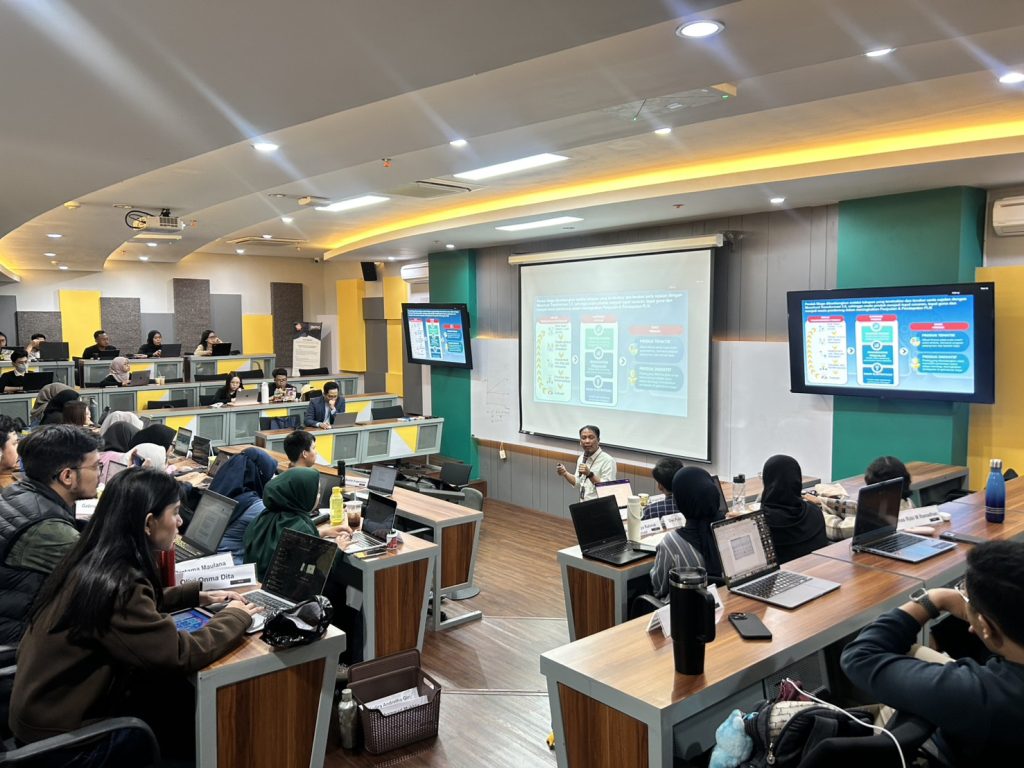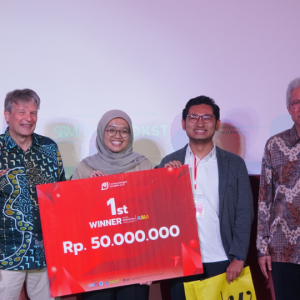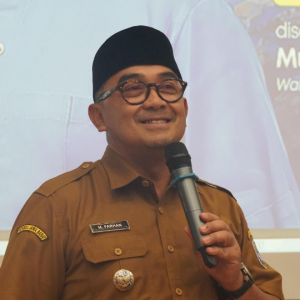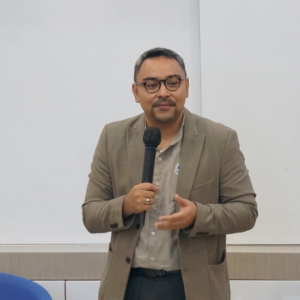As a state-owned energy company, PT PLN (Persero) follows an extensive procedure when introducing new products. According to Ronny Afrianto, Vice President of Commercialization of Commercial Products at PT PLN (Persero), the product commercialization process begins with digitalization and frontend system development, followed by preparing Service Notes (ND), policy documents, and coordination with relevant units.
“Products must pass the Project Feasibility Study (KKP), including meeting criteria such as the payback period. Products that are not financially viable will not be released,” Ronny explained during a guest lecture on Business Economics for the Master of Business Administration (MBA) Young Professional Program at SBM ITB in Bandung (30/4).
During the session, Ronny outlined PLN’s marketing strategy for renewable energy and its commercial product innovations that support the national energy transition. He noted that one of PLN’s key focuses is developing electric vehicle (EV) infrastructure, particularly through the expansion of Public Electric Vehicle Charging Stations (SPKLU). PLN offers various revenue-sharing partnership schemes via the PLN Mobile platform, benefiting the company and partners with tailored needs.
PLN’s product development approach has shifted from supply- to demand-driven, making it more responsive to customer needs. This strategy aligns with the Moonshot Transformation 2.0 initiative, categorizing products into three main areas: energy transition, sales growth, and electrification ratio.
To help stabilize electricity sales, PLN is also employing innovative strategies, such as offering additional discounts for consumption above average levels.
“For instance, if a customer typically uses 1,000 kWh and reaches 1,100 kWh in a given month, the additional 100 kWh may be eligible for a discount,” Ronny said.
PLN has also introduced green energy-based products like Green Energy as a Service. Over the past five years, demand for Renewable Energy Certificates (RECs) has steadily increased, particularly from industries committed to using environmentally friendly energy.
“With RECs, companies can claim that part of their electricity usage comes from renewable sources. Although this comes with an added cost, it offers value for businesses committed to sustainable practices,” Ronny explained.
Some companies opt for Dedicated Source collaborations, exclusive partnerships for building renewable energy power plants. These arrangements not only guarantee energy supply but also provide recognition for contributions to the national energy transition.
PLN offers a 30% electricity tariff discount for home charging between 22:00 and 05:00 WIB to promote electric vehicle adoption. However, the discount applies only to customers using certified charging devices integrated with the PLN system.
“The electricity tariff for EVs is cheaper than diesel, around IDR 1,300 per kWh, compared to nearly IDR 2,500 per kWh for diesel,” Ronny added.
PLN continues to improve the SPKLU-to-vehicle ratio. In Jakarta and West Java, the current ratio is 1:40, with a target of 1:17. In other regions, the focus is on accessibility, with plans to install SPKLUs at every PLN office within a maximum radius of 50 kilometers.
Concluding the session, Ronny encouraged participants to support and engage in the green energy transition. PLN remains open to collaboration opportunities, particularly in developing and managing SPKLUs through partnership schemes.






